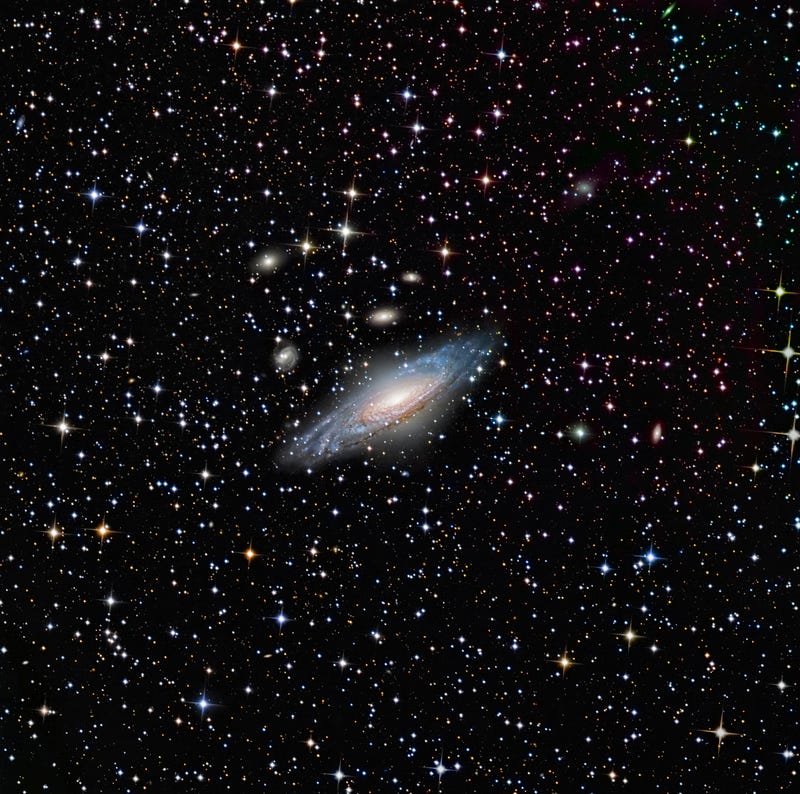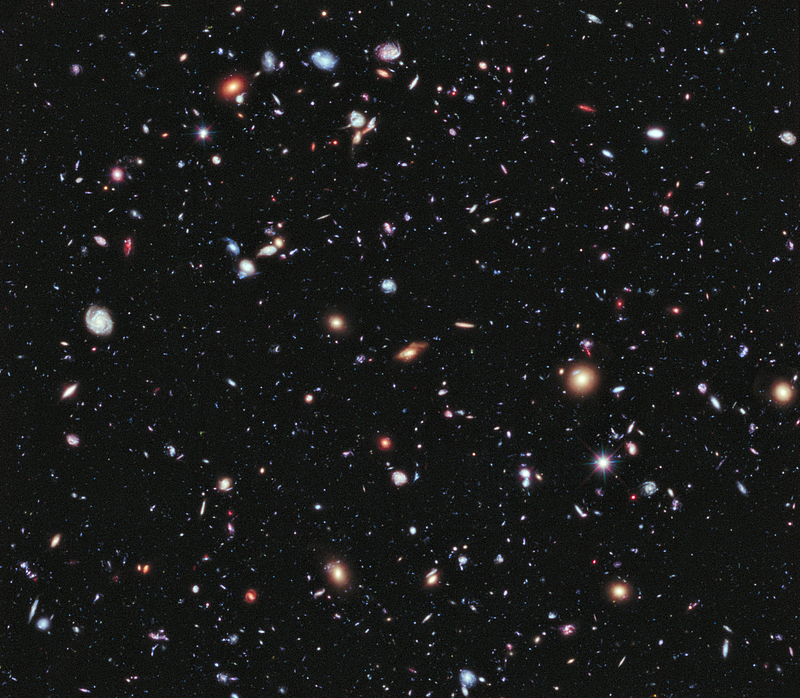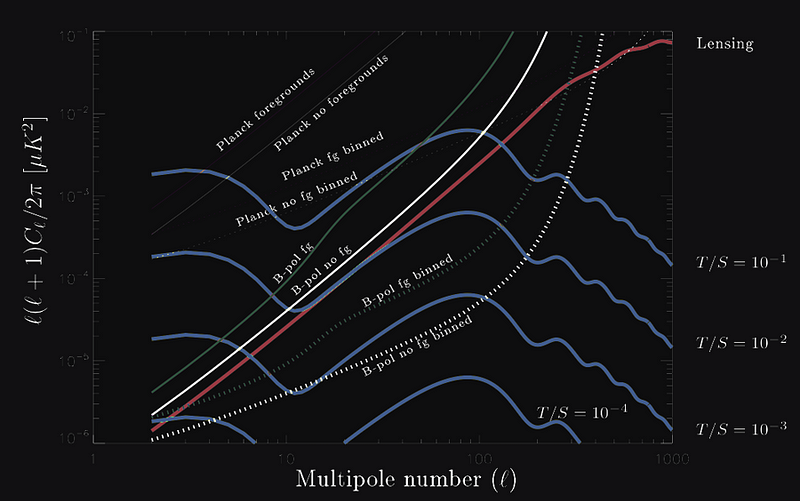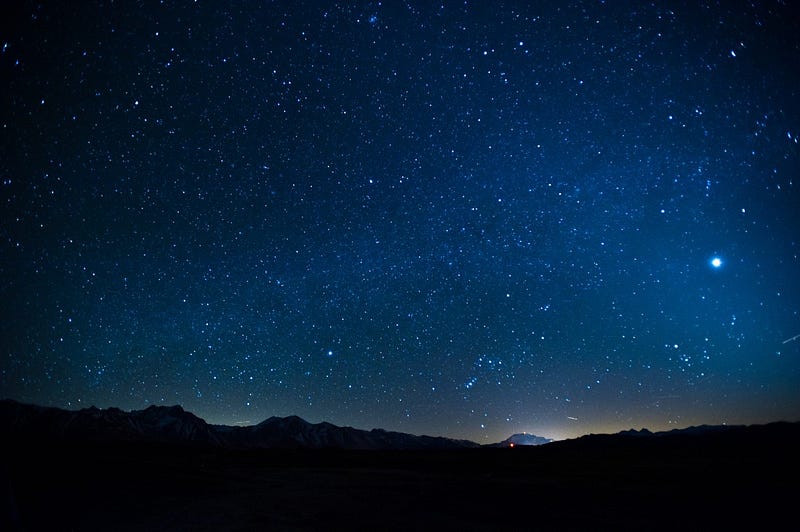Ask Ethan #54: What’s the Earliest Signal from the Universe?
Is there a way to see past the barrier the Universe puts up before it became transparent to light?
Image credit: Mark Kamionkowski, of gravitational waves.
“From earliest times, humans — explorers and thinkers — have wanted to figure out the shape of their world. Forever, the way we’ve done that is through storytelling. It is difficult to let the truth get in the way of a good story.” –Adam Savage
After a brief hiatus last week for personal reasons, I am so pleased to announce the return of Ask Ethan! Each week, you’re encouraged to send in your questions and suggestions for a shot at having your topic analyzed and explained in-depth to the best of our scientific knowledge. Since we weren’t able to do a column last week, I thought I’d give you a three-for-one special, courtesy of Gerard, who asks:
Two astronomy questions:
1) Presumably gravity waves wouldn’t be affected by whether matter is charged or not. So is it possible that gravity waves would let us seen further back than the time of the CMB? Effectively breaking the CMB barrier?
2) Photons are scattered by charged particles more than by neutral hydrogen atoms. Are photons of some frequencies scattered more than others by charged particles?
One personal question:
What got you interested in astronomy in the first place? A teacher at College? A relation? A visit to a Planetarium? A photo?
Let’s start with the first two questions, and start at the present day.

When we look out at the Universe, your first reaction might be to think that what we see is limited only by how much light we can collect. If we want to detect a more distant or intrinsically fainter object, all we’d need to do is collect light over a larger area (with a larger aperture telescope) or for a longer period of time (with a longer exposure), and we’d eventually be able to see it. This is, in fact, an astronomical technique that we use frequently, and how we’re able to construct images like the Hubble Deep Field, Hubble Ultra Deep Field, and — most recently — the Hubble eXtreme Deep Field, below.

But we can only see these galaxies, distant though they may be, because light is free to propagate through the (mostly empty) space along our line-of-sight to these galaxies. While neutral matter — things like gas and dust — will absorb and re-emit particular wavelengths of light and not others, the Universe was not always in a state where matter existed in stable, neutral bound states.
Back when the Universe was hotter, younger and denser, neutral atoms were unstable due to the high temperatures and large kinetic energies of everything around them. Our cosmos may be some 13.8 billion years old now, and a cold, relatively empty place to boot. But back when we were only a few hundred thousand years old, it was so hot and dense that neutral atoms were unable to form! Our Universe was simply an ionized plasma of electrons, nuclei, photons and other particles.

This is bad for information from photons. When the Universe is ionized, photons scatter off of free electrons very efficiently. Gerard’s second question was whether photons of certain frequencies were scattered more efficiently than photons of other frequencies. For the energies we’re dealing with when the Universe is thousands of years old, photons of higher frequencies tend to shift towards lower ones in collisions with electrons (Compton Scattering), photons of lower frequencies shift towards higher ones in collisions with energetic electrons (Inverse Compton Scattering), but as far as the probability of a collision at all?
That’s given by the Thomson cross-section:

This is independent of photon energy, frequency and wavelength, so the answer to the second question is no, photons of all frequencies scatter too frequently to have their information propagate from pre-CMB times to our eyes.
But gravitational waves have no such problems.

Gravitational waves (or gravitons, if you prefer a particle-based description) are ripples in the very fabric of space itself. They move at c, the speed of light through a vacuum, but all they do is distort space. They can be emitted but — as far as we know — not absorbed by changes in the configurations of masses.
And while we normally talk about conventional astrophysical sources generating them, things like neutron stars, black holes, white dwarfs, orbiting systems and supernovae, the moments leading up to the Big Bang itself should also have generated them!

You see, during the epoch of cosmic inflation, which preceded and gave rise to the Big Bang, there were two types of quantum fluctuations that occurred and got stretched across the Universe. One type was the fluctuations in all the vector, spinor and scalar quantum fields that existed, leading to density fluctuations and, much later, regions that would turn into stars, galaxies and clusters of galaxies, or otherwise vast, empty cosmic voids. But the other type was fluctuations in the tensor quantum fields of the Universe, which result in gravitational radiation. This gravitational radiation can be detected, in principle, by advanced versions of either ground-based or space-based laser interferometers. (Although, admittedly, more advanced than anything we’ve proposed to date.)

Inflation makes very specific classes of predictions as to what the spectrum of gravitational waves that should be generated ought to be, and different models make predictions that differ in their specific details.
If inflation turns out to be wrong, then there would be a vastly different spectrum of gravitational waves produced in the early Universe.

But either way, the following facts remain:
- The early Universe — when we had a very hot, dense, expanding state, higher than any energies reached in terrestrial or astrophysical laboratories — should have generated gravitational waves.
- These gravitational waves would not have changed, other than via a cosmic redshift, as they passed through all the matter, radiation and space from that time until today.
- Those gravitational waves should have a specific set of amplitudes that are wavelength dependent. Whether we had inflation or not, measurements of the gravitational wave background should tell us additional information about the birth of our Universe.
If inflation is right, the only real variables, other than a slight tilt to the spectrum, is the amplitude of tensor fluctuations from the early Universe.

These will show up in the cosmic microwave background, by the way, and particularly in certain modes of photon polarization. When we can precisely measure these modes — and this is what BICEP2 and Planck are attempting, among others — we ought to be able to learn more about cosmic inflation!

So yes, Gerard, gravitational waves do provide a window into the earliest stages of the Universe. Just because they’re not practically accessible right now with our current technology doesn’t mean we shouldn’t reach for them, and doesn’t mean we should invest in developing the technology that will allow us to directly probe the earliest stages of the Universe. In principle, we should be able to get there within a single generation, if only we invest the proper resources towards answering this question.
And as for your other question: what is it that first sparked my interest in astronomy? There are two things that happened to me when I was relatively young, but they’re probably going to surprise you. Of all the astronomers and astrophysicists I know, my story is incredibly different from theirs.

I had always loved camping. As someone who grew up in and around New York City, connecting with forests, mountains, campfires and dark skies was a rarity for me, but also one of the best things I remember about my childhood. And in particular, one experience I had when I was maybe 11 years old stands out to me: just lying on my back in a field with another kid my age and his older brother.
My vision was still good enough that I didn’t need glasses, and there were probably a few thousand stars we could see. We just stared up, talking about everything-and-nothing, and let our imaginations run. It was beautiful, and it felt like there was a story behind everything I was taking in that I needed to be a part of. Which is maybe strange, because none of my other experiences — not at planetariums, not with teachers, not with books, not with images, and not looking through a telescope — had ever made me feel this. But that experience, just laying down in the grass and looking up at a dark, starry sky, gave me a feeling I’ve never forgotten.
And a few years later, when I was maybe 13 or 14 at summer camp, I was on a boat on a dark night, and had a similar feeling. Only this time, I had a little deeper knowledge of mathematics.

And I started to wonder: just as if you sailed this boat in one direction for long enough, you’d return to where you started, what would happen if you went in one direction long enough in space? Would you return to your starting point?
As I looked up at the stars and wondered about the mathematical and physical structure of the Universe, about higher dimensions and what the Universe looked like on the largest scales, I felt that same sense of amazement, curiosity, and connectedness. For lack of a better term, I felt that this was what I needed to know about. It wasn’t something I saw, something I learned, or someone I met, but rather something I thought that lit that fire within me.
My life has led me in many different directions, but I’ve always returned to questions like this and to these feelings I had, and — I know it sounds ridiculous — but I feel like there’s an infinite well inside of me that can never be emptied when it comes to my passion for this. And these two experiences were how I first discovered it.
Thanks for a great series of questions, Gerard, and if you want a shot at being the next Ask Ethan, go ahead and send in your questions and suggestions! In the meantime, I hope you enjoyed this, and I’ll see you next week for more wonders of the Universe, and more Starts With A Bang!
Leave your comments at the Starts With A Bang forum on Scienceblogs!





